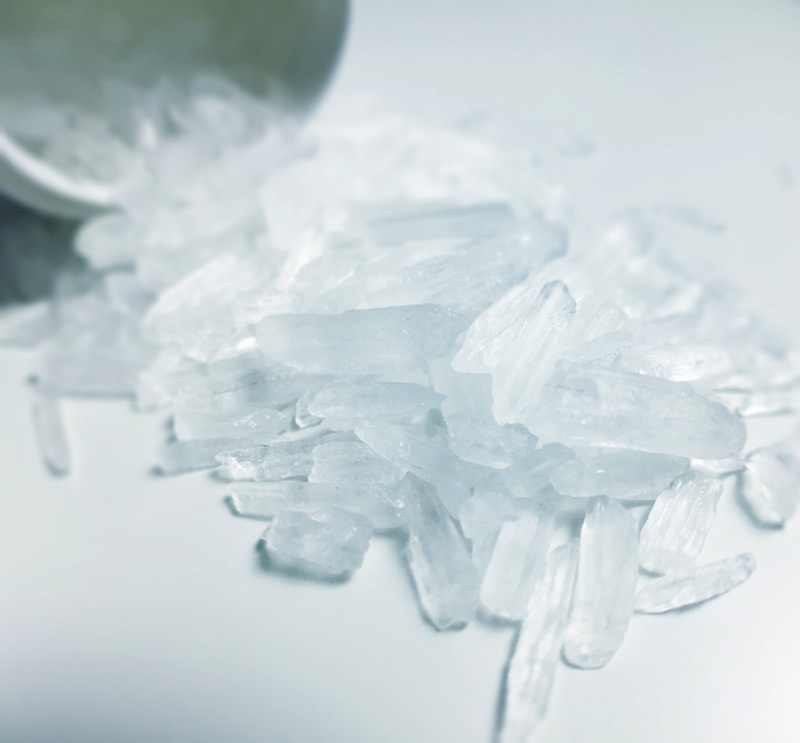Young People Face Stroke Risk with Methamphetamine Use

Using methamphetamines may increase the risk of stroke among young people, according to a new review.
Methamphetamine use was linked most strongly to a type of stroke caused by bleeding in the brain, known as a hemorrhagic stroke, as opposed to ischemic stroke, which is caused by blood clots.
What's more, strokes among young methamphetamine users tend to be deadlier than strokes among young people in general, the review found.
Given the increasing use of methamphetamine worldwide, the findings are cause for concern, the researchers said.
"With the use of methamphetamine increasing, particularly more potent forms, there is a growing burden of methamphetamine-related disease and harms, particularly among young people," the researchers wrote in the Aug. 23 issue of the Journal of Neurology, Neurosurgery & Psychiatry. In fact, it's likely that methamphetamine abuse is contributing to the increase in the rate of stroke among young people that has been seen in recent decades, the researchers said. [9 Weird Ways You Can Test Positive for Drugs]
In the review, the researchers analyzed data from 77 previous reports on the link between methamphetamine use and stroke in people under age 45. These data included reports of just a single person or of a few patients, as well as reports of larger groups of people who either used illicit drugs or had a stroke.
Overall, the reports showed a link between methamphetamine use and stroke, particularly hemorrhagic stroke, the researchers said. For example, one study of more than 3 million patients treated at hospitals in Texas found that young people who abused amphetamines (including methamphetamine) were five times more likely to have a hemorrhagic stroke, compared with young people who didn't use this type of drug.
Sign up for the Live Science daily newsletter now
Get the world’s most fascinating discoveries delivered straight to your inbox.
In addition, the review looked at 98 cases of young people who had a stroke and used methamphetamine. Of these strokes, 80 percent were hemorrhagic. This is much higher than the rate of hemorrhagic stroke among the general population of people under 45, in which 40 percent to 50 percent of strokes are hemorrhagic, the review said.
About one-third of young methamphetamine users who experienced a hemorrhagic stroke died as a result of the stroke. That's also much higher than the death rate among young people in the general population who experience a stroke, which is around 3 percent, the study said.
Hemorrhagic stroke is associated with vascular abnormalities, such as high blood pressure and vasculitis, or inflamed blood vessels, according to the review. And repeated use of methamphetamine raised blood pressure even in those users whose blood pressure was normal to start with, the researchers said.
Young people who use methamphetamine, and the doctors who treat them, need to be aware of the increased risk of stroke tied to this drug, the researchers said. Users should also be aware of early warning signs of stroke; some users may experience symptoms such as headache, speech and language difficulties, and vision problems that may be temporary at first, but which later predict a full-blown stroke.
"The increased risk of hemorrhagic stroke in particular should be highlighted to young people who may use methamphetamine, and to their communities," which may encourage them to seek help and get treatment for their drug use, the researchers said.
Original article on Live Science.

Rachael is a Live Science contributor, and was a former channel editor and senior writer for Live Science between 2010 and 2022. She has a master's degree in journalism from New York University's Science, Health and Environmental Reporting Program. She also holds a B.S. in molecular biology and an M.S. in biology from the University of California, San Diego. Her work has appeared in Scienceline, The Washington Post and Scientific American.











